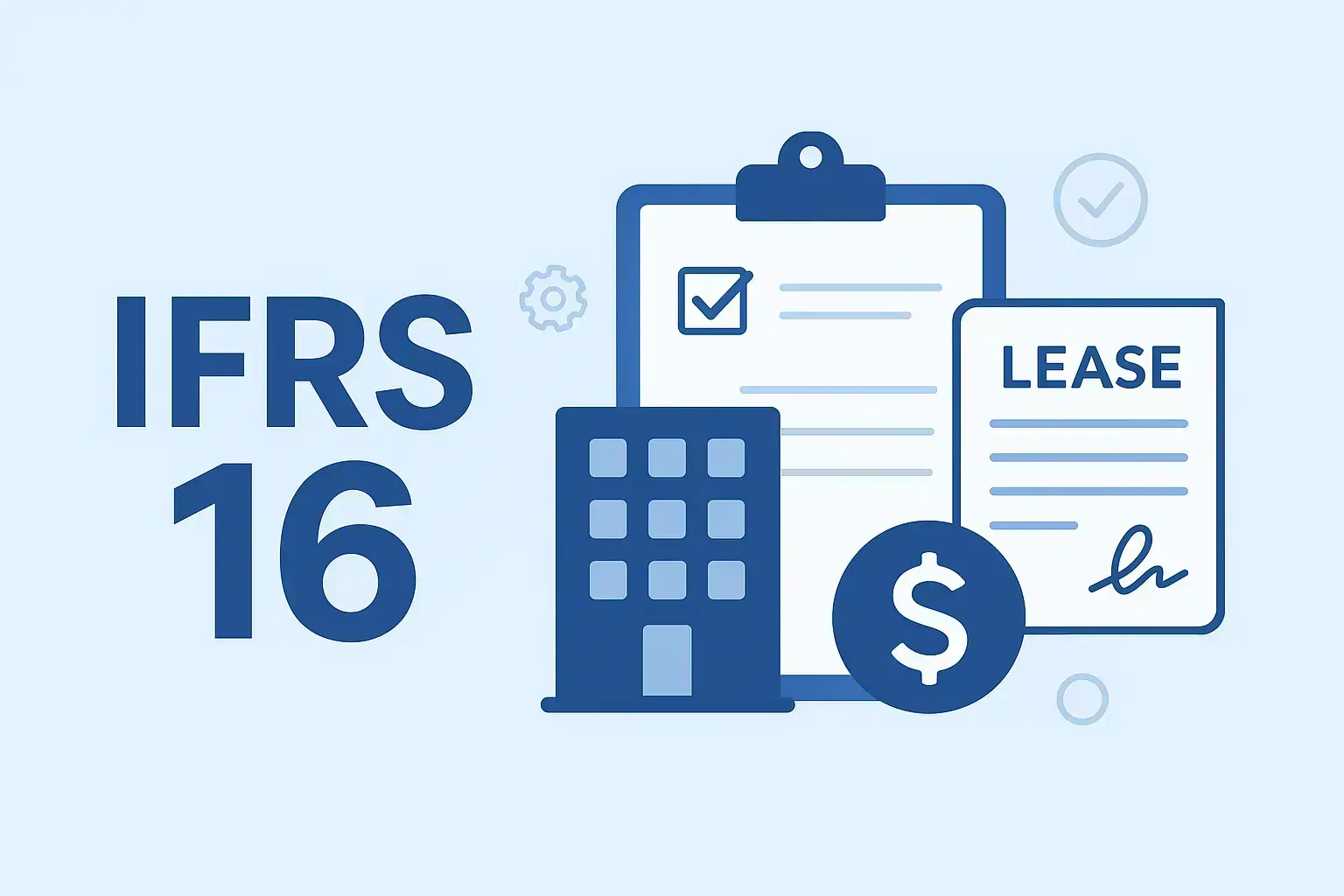Latest Articles & News
Avoid common SAP challenges by preparing data, defining scope, and adopting best practices. For SMEs and startups in Austria, our resources explain how to select the right SAP modules, plan training, and manage change effectively so SAP Financials delivers real business value.

SAP Financial Solutions
Common Challenges in SAP Financial Implementation and How to Overcome Them
Implementing SAP Financials can transform how SMEs in Austria manage accounting, reporting, and compliance—but only if common pitfalls are addressed early. This guide outlines the most frequent SAP implementation challenges and provides practical fixes that keep timelines, budgets, and business continuity under control.
1) unclear scope and success criteria
Vague expectations lead to scope creep, rework, and stakeholder frustration. Before starting your SAP implementation, define measurable outcomes—close-cycle reduction, automation rate, or on-time reporting—and lock them into the project charter.
2) poor data quality and mapping
Inconsistent charts of accounts, duplicate vendors/customers, and unreconciled balances cause migration delays and incorrect postings in SAP Financials. Clean master data and open items first, reconcile subledgers, and run trial conversions to validate mappings into the right SAP modules.
3) over-customization of processes
Heavy customization increases risk and cost. Map your current workflows to SAP best practices (record-to-report, order-to-cash, procure-to-pay) and only add extensions for true competitive needs. Start standard; iterate later.
4) insufficient resources and change management
Part-time project teams and limited training drive adoption issues. Assign dedicated owners for FI/CO and related areas (MM/SD/AA), schedule role-based training, and provide floor support during go-live to embed habits quickly.
5) inadequate testing and cutover planning
Skipping end-to-end testing results in posting errors at go-live. Build test cycles that include integrations, tax, and foreign currency. For cutover, freeze transactions, reconcile balances, and prepare a rollback plan.
6) weak controls and compliance setup
Without approvals, tolerances, and segregation of duties, risks remain high. Configure workflow approvals, three-way match (PO-GR-Invoice), posting blocks, and user roles aligned to audit requirements—then monitor with KPIs.
A Practical Playbook to Overcome Challenges
Start focused: Go live with core SAP modules (FI/CO) first, then add MM/SD/AA after stabilization.
Data readiness first: Standardize the chart of accounts and clean masters; verify balances against clean bookkeeping records.
Fit-to-standard: Adopt SAP best practices and limit custom code to essentials.
Role-based training: Short playbooks per role (AP, AR, GL, Assets) plus go-live support.
Pilot & iterate: Use a pilot company code to test postings, taxes, and reporting before full rollout.
Measure outcomes: Track close days, automation %, on-time reporting, and issue backlog to prove ROI.
De-risk Your SAP Financial Implementation
Reportat helps SMEs in Austria plan and execute successful SAP implementations—from data readiness and process mapping to training and post-go-live stabilization—so SAP Financials delivers measurable efficiency and compliance.
Book a Consultation · Explore SAP Implementation Support · More Guides on SAP Financial Solutions






Send Us Message
Your email address will not be published. Required fields are marked *